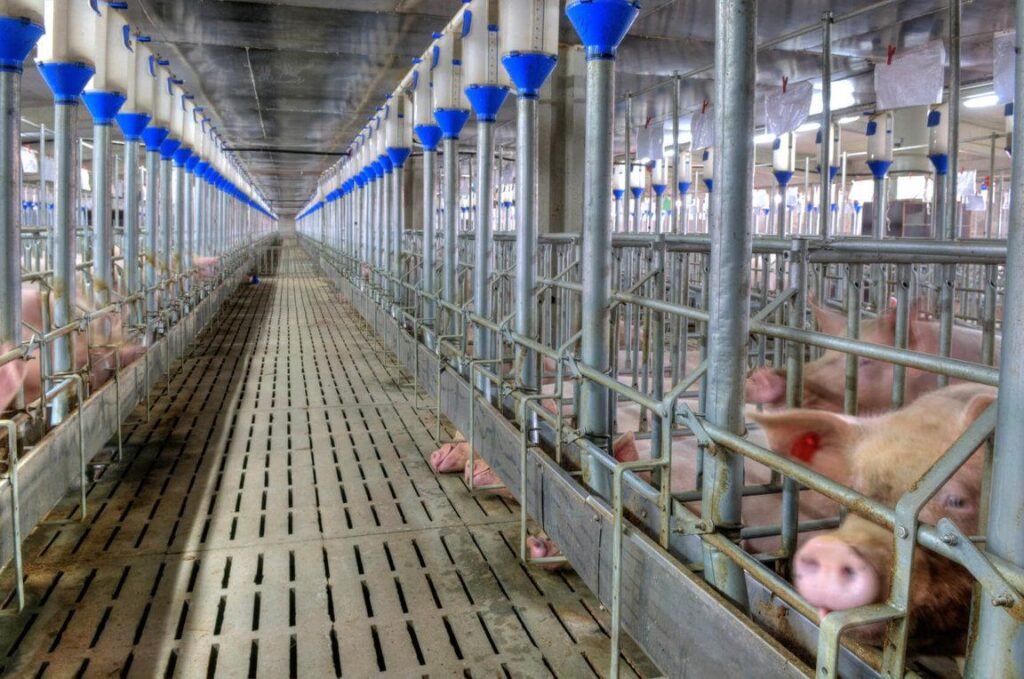The Department of Agriculture (DA) has decided to lift the maximum suggested retail price (MSRP) for pork products, marking a substantial reversal in economic policy amidst visible resistance from vendors. Agriculture Undersecretary Constante Palabrica confirmed yesterday that the price control measure would be discontinued while officials develop an improved approach to manage retail prices. The abrupt shift comes merely two months after implementation, highlighting the delicate balancing act between consumer affordability and market realities.
“Let’s put it this way. [It] will be lifted and then we’re going to study [it] and then come out with a revised program for MSRP,” Palabrica explained to reporters. The policy’s abandonment reflects its ineffectiveness, with recent market inspections revealing dismal compliance rates below 10 percent among vendors.
The MSRP framework, which was introduced on March 10, established price ceilings of P350 per kilogram for pigue and kasim cuts, while setting fresh carcass prices at P300 per kilo. Officials crafted these measures to shield consumers from excessive price gouging in marketplaces throughout the Philippines. Yet the initiative quickly encountered headwinds from economic realities that doomed its practical application.
Market Forces Overwhelm Regulatory Efforts
Supply constraints have undermined the government’s ability to enforce price controls effectively. The challenging interplay between diminished hog populations and elevated consumer demand has created a perfect storm that regulatory measures alone cannot weather. Palabrica acknowledged this fundamental insight when speaking with journalists on Wednesday.
“Because of the loss of hogs due to ASF (African swine fever) and there is so much demand because of the election, it’s difficult to implement,” he noted, referencing the complex market dynamics at play. The timing of this policy retreat coincides with recent forecasts suggesting continued supply challenges for the remainder of 2025.
Pork production estimates for 2025 have experienced a downward adjustment following the latest Hogs and Pigs Report. Total production is now projected at 28.1 billion pounds, reflecting a decrease of approximately 350 million pounds from previous forecasts. Though second-quarter production might see a modest 1% increase compared to last year, this represents a significant reduction from earlier projections that anticipated 2.4% growth.
Industry representatives have welcomed the policy reversal while proposing alternative solutions to the underlying issues. Rolando Tambago, who heads the Pork Producers Federation of the Philippines, advocates for strengthening local production capacity rather than imposing artificial price controls. He suggests that government support through favorable loan arrangements and streamlined regulatory frameworks could bolster domestic supply without compromising product quality or animal welfare standards.
Trade Complications Add Further Pressure
The decision occurs against a backdrop of growing international trade tensions that could further complicate the pork market landscape. Recent tariff disputes with major trading partners have introduced additional variables for industry stakeholders to navigate. The United States recently delayed proposed tariff increases on Canadian and Mexican imports, which provided temporary relief to international markets. However, ongoing duties on Chinese products have prompted retaliatory measures that potentially impact agricultural sectors including pork producers.
These trade uncertainties have contributed towards revised export projections. Pork exports for 2025 are now expected to reach approximately 7 billion pounds, a conservative estimate reflecting challenges in international commerce. Meanwhile, first-quarter pork production already shows a 2% reduction compared to 2024 figures, though slightly heavier dressed weights have somewhat offset the impact of reduced animal numbers.
The policy shift underscores the inherent challenges in governmental attempts to regulate essential food prices in volatile markets. While officials describe the move as “taking one step back and two steps forward,” they acknowledge the fundamental difficulty in balancing supply constraints with price controls. What remains unclear is whether future iterations of price management policies will prove more effective at navigating the stubborn realities of market economics.
Industry participants await the government’s revised approach with mixed expectation. The story of pork price regulation in the Philippines serves as a telling example of how well-intentioned policies sometimes clash with marketplace dynamics in ways that defy simple solutions.

